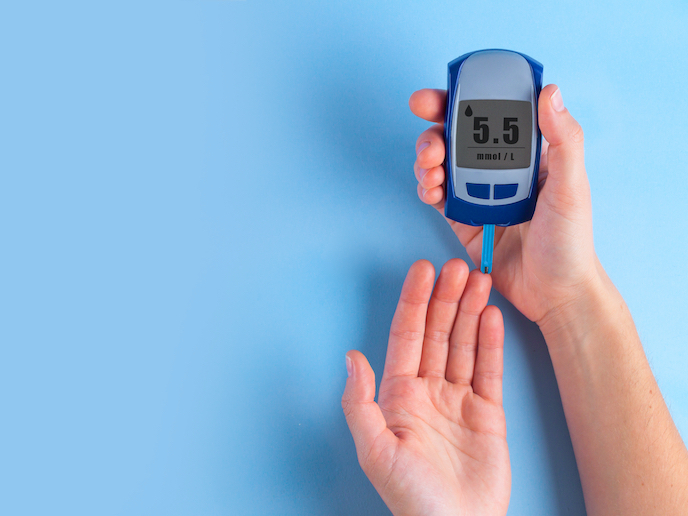Remote monitoring of heart data ensures personalised treatment
Heart failure (HF) is a chronic condition affecting 26 million people worldwide, and it is a growing problem. HF is a complex clinical syndrome characterised by the heart being unable to pump enough blood flow to meet the body’s needs. Despite the significant advances in therapies and prevention, levels of mortality and morbidity resulting from HF remain high and quality of life is poor. The earliest, and most specific predictor for HF deterioration is an increase of heart’s left atrial pressure (LAP). Until now, LAP could only be measured in a hospital setting and required the patient to be hospitalised, making it unsuitable for a daily treatment protocol, necessary for early indication of the heart’s condition and subsequent control of the disease. The EU-funded V-LAP project addressed this challenge by developing an in-heart digital sensor that sits on the heart’s septum, continuously monitoring left atrial pressure and alerting doctors of any potentially life-threatening changes. “This proactive technology can detect heart failure deterioration before the patient even feels symptoms, allowing doctors to steer them away from complications faster,” states project coordinator Dedi Erdheim.
Simple to apply and easy to use
The tiny, tube-shaped device passes through the patient’s veins and is positioned in the heart through a minimally invasive procedure using a standard catheter. “The patient wears a belt-like home-based unit for only one minute a day to remotely charge the sensor implant; the tap of a button transmits the captured data from the patient to the cloud. The data is collected, analysed and sent to the caregiver, who can remotely adjust medications as needed,” Erdheim explains. Monitoring can be carried out anywhere, enabling the patient to maintain a normal life. The V-LAP ‘microcomputer’ enables better clinical outcomes through early detection, higher engagement, holistic monitoring and harnessing AI. The system offers the highest standard of treatment for patients through optimal treatment, self-management of the disease, quick procedure, and 24/7 remote monitoring.
Pioneering the shift from reactive to proactive healthcare
The current coronavirus crisis and the recommendations for social distancing have highlighted the value of remote monitoring of HF patients, who are among those most at risk during the pandemic. “Patients fitted with V-LAP don’t need to leave home for regular check-ups, as their doctors have full access to the data and can adjust medications remotely, saving precious time and providing their patients with early, personalised treatment that helps to avoid deterioration of the disease,” observes Erdheim. V-LAP is now paving the way for a transformation from a reactive to proactive healthcare. “In a few years, every patient with chronic heart disease will be monitored by in-body microsensors that will be fitted across the cardiovascular system, operating remotely to gather valuable physiological data which will enable better treatment, early enough, allowing people to live longer and fuller lives,” concludes Erdheim. “We see tremendous interest from leading medical device companies who understand that this breakthrough technology can make existing therapeutic medical devices much smarter by enabling data-based treatment and management of cardiac diseases".
Keywords
V-LAP, heart failure, remote monitoring, sensor, personalised treatment, implant







